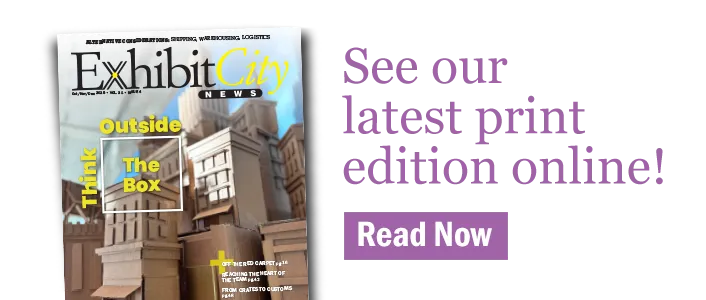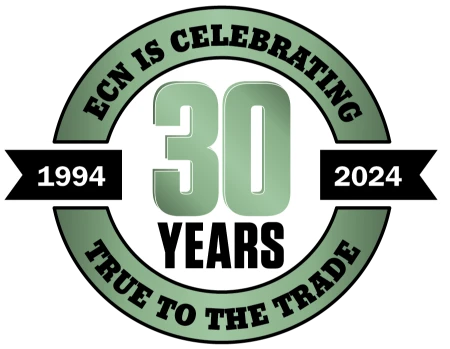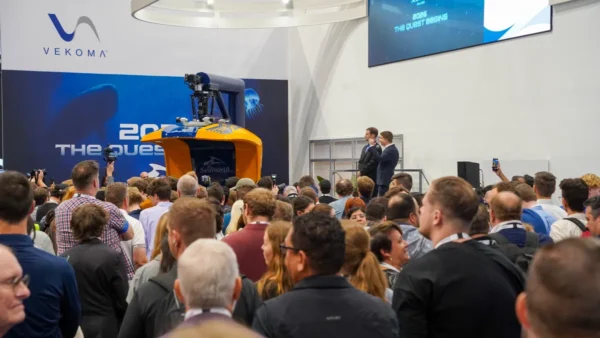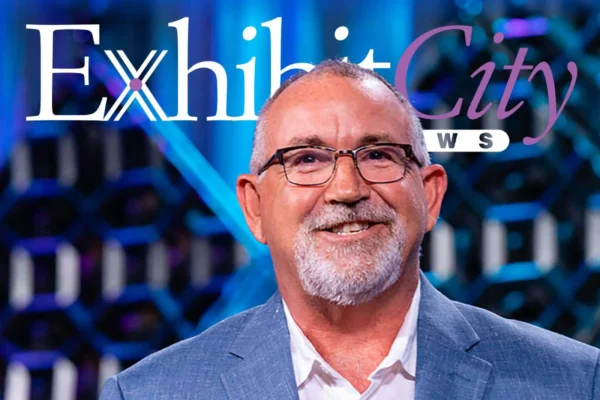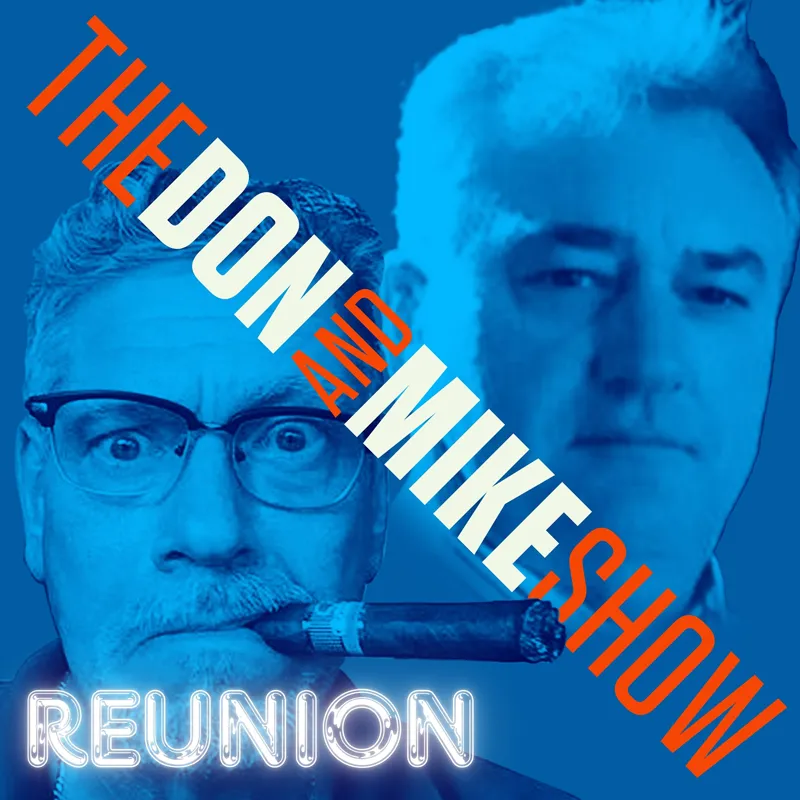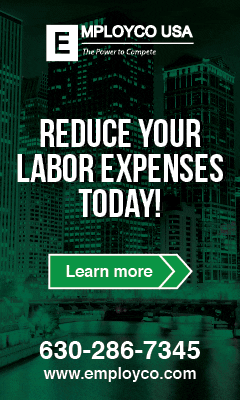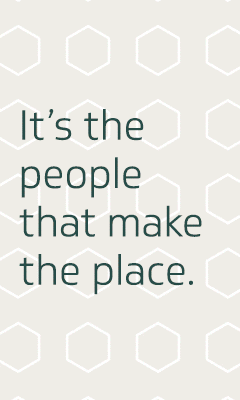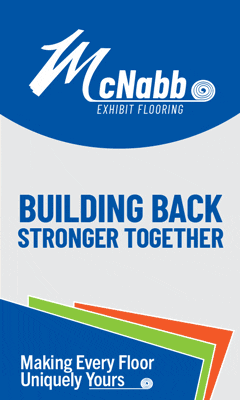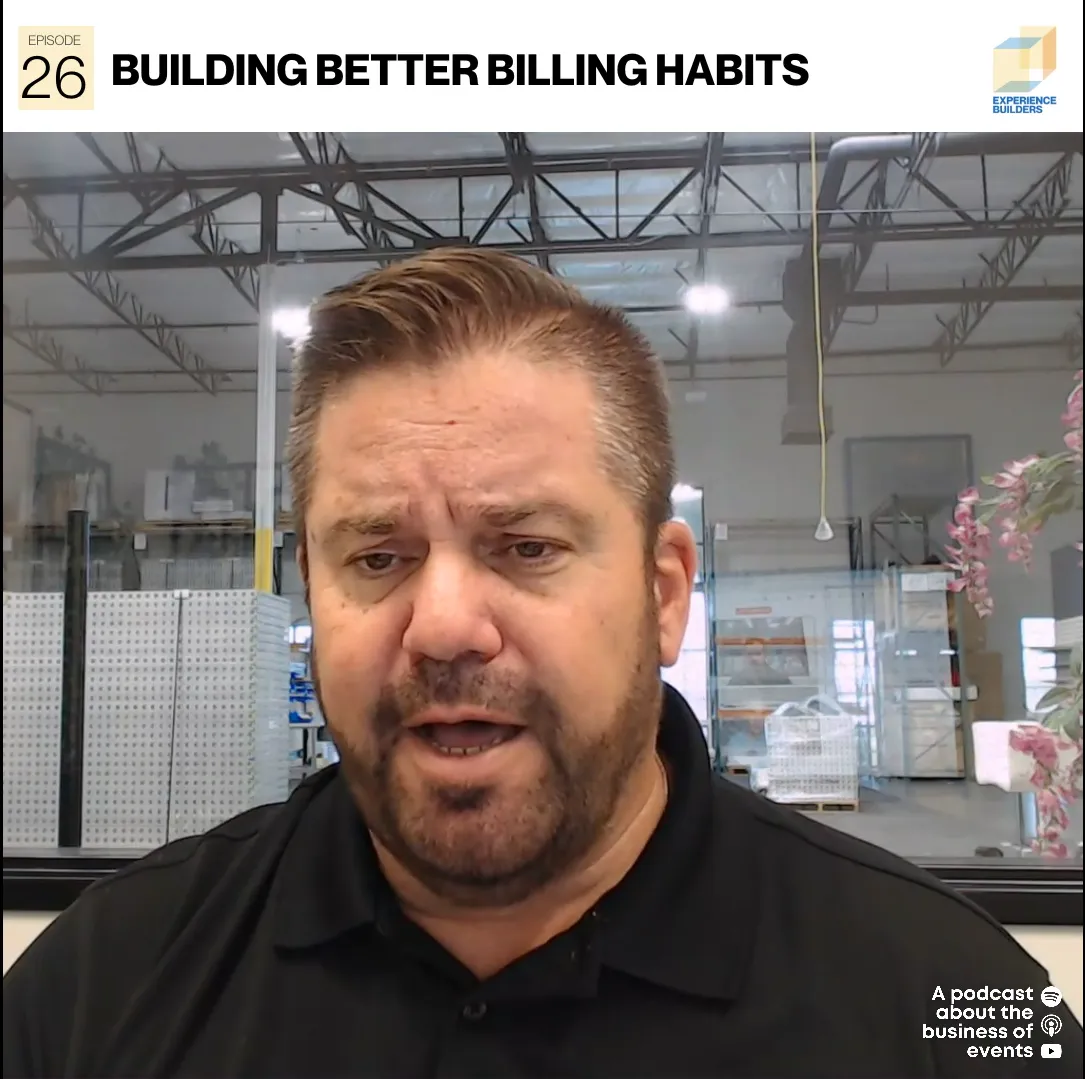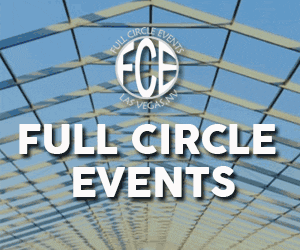by Jon Ellms, Vice President, Healthcare Convention & Exhibitors Association (HCEA)
Healthcare conferences and exhibits offer a powerful way for companies to engage and build advocacy with healthcare professionals (HCPs), introduce new products, and build credibility.
Promotion of drugs and devices is governed by federal law, state laws, European Union (EU) regulations, and voluntary codes of conduct. Collectively, they shape almost everything from how exhibits are designed, to what messages are communicated, what activities are permitted, and how data is collected.
While the laws are concise, there’s far less agreement on how to interpret those laws at exhibits. Legal teams review every word, every image, and every exhibit activity. It ultimately falls on the convention manager to identify the risk points, negotiate between stakeholders, keep creative and account teams on the right path, and to make sure what’s agreed on in advance is what happens on the show floor.
FDA Regulations
One simple Food and Drug Administration (FDA) rule shapes every exhibit at every event: companies can only promote a drug or device for its approved use, with limited exceptions for some devices that have reached a certain stage of testing. Long before the exhibit hits the floor, every single message has gone through multiple rounds of review. Running afoul of the FDA can be catastrophic.
For companies with an approved product, this simple rule also splits most exhibits into two: one for selling (commercial) and one for fielding scientific inquiries (medical). The FDA doesn’t lay out exactly how this works, so each company decides how to comply. Most companies agree on a visible separation of the areas with different carpet colors or signage, no crossover of messages, and absolutely no content from one side being visible from the other, other than a unifying corporate logo overhead. The company’s insistence on strict segregation usually runs afoul of the association’s sightline rules. And usually, it falls on the convention manager to negotiate a solution.
State Gift Laws and Voluntary Codes of Conduct
Many states restrict or prohibit gifts, meals, and other items of value for healthcare professionals. Minnesota caps gifts to HCPs at $50 per year. Vermont bans most gifts and requires disclosure of anything of value, even brochures, in some cases. Massachusetts restricts meals and entertainment, even if they’re educational.
Even more conservative are the Pharmaceutical Research and Manufacturers of America (PhRMA) and Advanced Medical Technology Association (AdvaMed) codes which set high standards for ethical interactions with healthcare professionals.
This forces companies to build engagement strategies around education versus a giveaway. Branded pens and stress balls? Out. Anatomical models? Probably not—unless they are for the patient, not the physician. Coffee and a chocolate chip cookie? Probably okay, though some companies won’t allow the cookie.
There are a lot of gray areas, and getting everyone on the same page can be difficult, and it usually falls on the convention planner to negotiate and push the process forward.
Data Privacy Laws
In the early 2010s, the EU drafted legislation that affirmed privacy as a human right and a few years later, the General Data Protection Regulation (GDPR) went into effect, restricting companies’ ability to collect personally identifiable information. Exhibitors responded by rewriting their interactive media to collect less information and require more explicit consent to collect that information. The net effect is that there is less useful information at more cost. Once again, the convention manager is the final check in the system.
Federal Reporting Requirements
Not only do the rules dictate what can be done in an exhibit, they also compel exhibitors to track almost every transaction with every booth visitor.
Open Payments legislation requires drug and device manufacturers to track and report payments and transfers of value made to physicians, including meals, travel, lodging, honoraria, educational materials, and product samples.
Consequently, most exhibitors require attendees to swipe their badge in exchange for that free cup of coffee—unless of course the physician is from one of several states where it’s not allowed at all. With all of these obstacles, it’s easy for an expensive hospitality program to become downright inhospitable.
State and Local Licensing for Booth Staff
Nevada, like many states, licenses pharmaceutical company representatives who speak to prescribers. Washington, DC has similar requirements for medical booth staff. But now, presumably to generate more fees, many municipalities require exhibit staff to be licensed to work just 3-4 days in an exhibit in their jurisdiction.
This isn’t insurmountable, but it adds yet another task for event professionals and incurs additional cost.
With Complexity and Chaos Comes Opportunity
Planning healthcare exhibits is hard, sometimes frustrating work. Drugs and devices are not sexy, like cars or consumer electronics. On the flip side, once you’ve proven your mettle in healthcare, and able to navigate all the rules, you become more valuable—and in demand. Over time, there’s real opportunity to build a name for yourself and grow your career, all while helping to get life-saving therapies to the patients who need them.
Jon Ellms, a veteran of medical conventions since 1996, is the president of Friday Morning, an healthcare-focused experiential marketing consultancy, and president-elect of the Healthcare Convention and Exhibitors Association, the only trade organization dedicated to healthcare convention marketing.
This story originally appeared in the Q3 2025 issue of Exhibit City News, p. 26. For original layout, visit https://issuu.com/exhibitcitynews/docs/exhibit_city_news_-_jul_aug_sept_2025/26.



